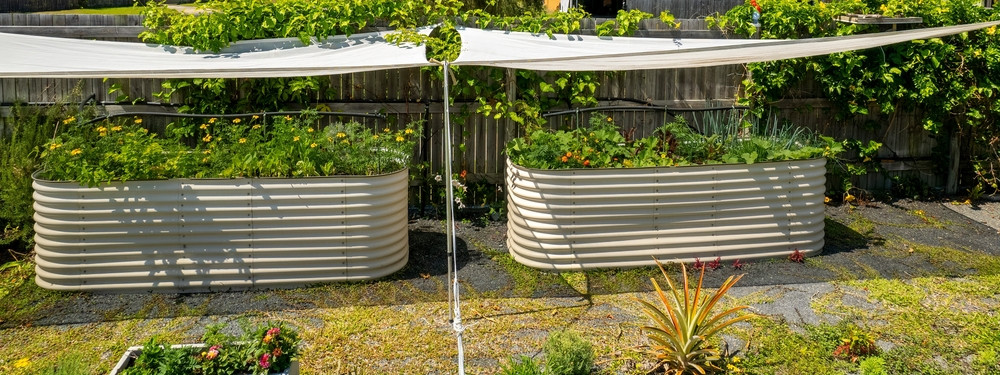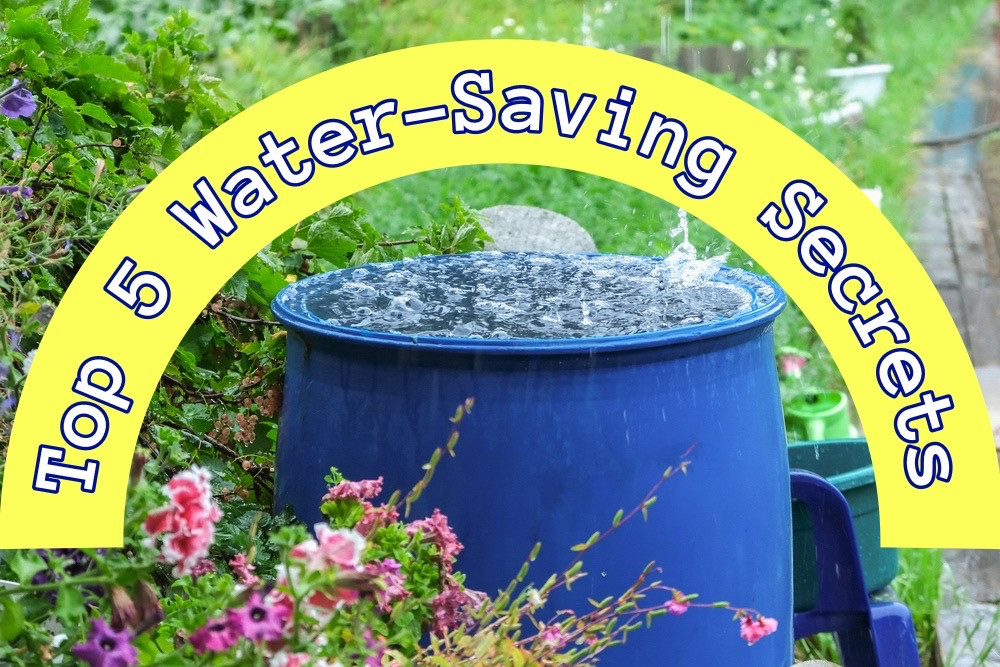Gardening is a joyful pursuit, but a hot, dry summer can turn that joy into a stressful battle against wilting leaves and parched soil. As temperatures rise and water becomes a precious resource, we're challenged to find smarter ways to keep our vegetable gardens productive.
Fortunately, you don't have to choose between a thriving harvest and a responsible water bill. By embracing a few simple, yet powerful, permaculture principles, you can create a resilient garden that stays lush even in a heatwave. Here are five of the best strategies to help you conserve water and build a healthier garden ecosystem.






